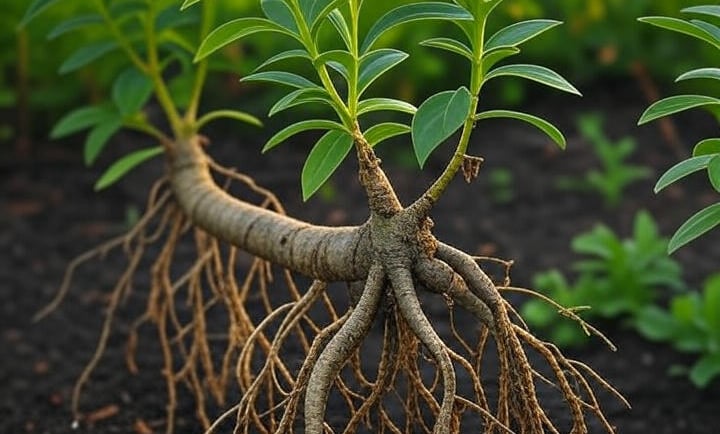Licorice Root: A Sweet Medicinal Herb
Hey there, herb enthusiasts! Today, we’re diving into the world of licorice root, a herb that’s not just for making candy. This powerful plant has been used for centuries in traditional medicine, and it’s time we uncover its secrets. So, grab a cup of tea (maybe even licorice tea!), and let’s get started!
REFERENCE SETSRESPIRATORY SYSTEMENDOCRINE SYSTEMMUSCULAR SKELETAL SYSTEMDIGESTION
10/6/20252 min read


Licorice Root: A Sweet Medicinal Herb
Hey there, herb enthusiasts! Today, we’re diving into the world of licorice root, a herb that’s not just for making candy. This powerful plant has been used for centuries in traditional medicine, and it’s time we uncover its secrets. So, grab a cup of tea (maybe even licorice tea!), and let’s get started!
Categorization
Licorice root is primarily a medicinal herb, known for its therapeutic properties.
Top Properties and Usage
Properties:
Anti-inflammatory: Reduces swelling and irritation.
Antiviral: Helps combat viral infections.
Demulcent: Soothes mucous membranes.
Adaptogenic: Supports the body’s stress response.
Usage:
Treats digestive issues like ulcers and heartburn.
Supports adrenal function for stress and fatigue.
Soothes coughs and sore throats in respiratory conditions.
Used topically for skin conditions like eczema.
Effects on Main Systems
Digestive System: Soothes stomach and intestinal linings, aiding ulcers and acid reflux.
Respiratory System: Acts as an expectorant, clearing mucus and soothing throats.
Immune System: Antiviral properties may help fight infections.
Endocrine System: Supports adrenal glands, aiding stress and energy levels.
Ways to Take It
Tea: Steep 1-2 teaspoons of dried licorice root in hot water for 10-15 minutes.
Tincture: Take 1-2 ml, 2-3 times daily, diluted in water.
Capsules: Follow label dosage, typically 1-2 capsules daily.
Topical: Apply creams or ointments for skin conditions.
Detailed Explanation
Licorice root (Glycyrrhiza glabra) is a perennial herb native to the Mediterranean and parts of Asia, used for thousands of years in traditional Chinese medicine, Ayurveda, and European herbalism. Its key compound, glycyrrhizin, is 50 times sweeter than sugar and drives its anti-inflammatory, antimicrobial, and antioxidant effects. Research suggests it’s effective for gastrointestinal issues by increasing mucin production, protecting the stomach lining, and promoting healing. For respiratory health, it acts as a demulcent and expectorant, often found in cough syrups. Its adaptogenic properties support adrenal glands, helping manage stress. However, excessive use can lead to side effects like high blood pressure or low potassium due to glycyrrhizin’s cortisol-like effects, so moderation and professional guidance are key.
Where It’s Found and How to Wild Harvest
Licorice grows in well-drained, sunny soils in southern Europe, the Middle East, and Asia. It’s identifiable by pinnate leaves and purple to whitish-blue flowers. Harvest roots in fall after the plant dies back, cleaning and drying them for use. Sustainable harvesting is crucial due to overharvesting risks; consider sourcing from reputable suppliers.
Conclusion
Licorice root is a versatile medicinal herb, particularly for digestive and respiratory health. Use it mindfully under professional guidance to harness its benefits safely.
